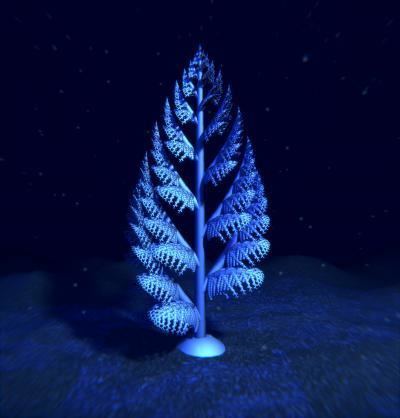Kingdom incertae sedis Scientific name Rangeomorpha Rank Order | Clade †Rangeomorpha Higher classification Petalonamae | |
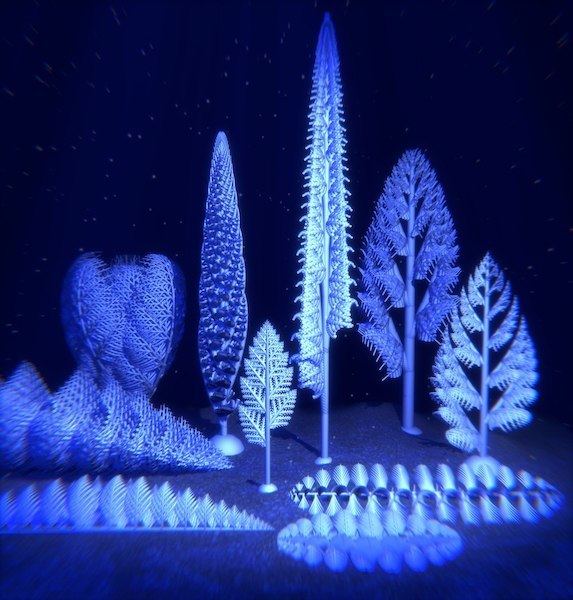 | ||
Similar | ||
Three dimensional reconstruction of a rangeomorph
The rangeomorphs are a form taxon of frondose Ediacaran fossils that are united by a similarity to Rangea. Some researchers, such as Pflug and Narbonne, suggest that a natural taxon Rangeomorpha may include all similar-looking fossils. Although the evolution of sex took place before the origin of animals, and evidence of sexual reproduction is observed in red algae 1,200 million years ago, news articles have suggested that rangeomorphs were among the first organisms to reproduce sexually.
Contents
- Three dimensional reconstruction of a rangeomorph
- The palaeobiology of ediacaran rangeomorphs reproduction environmental sensitivity and ecology
- Body plan
- Ecology
- Affinity
- References
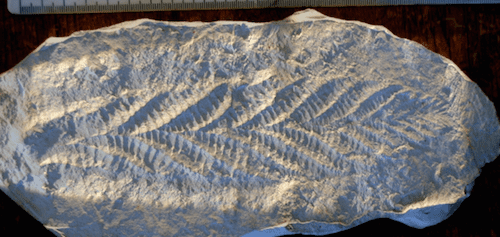
Rangeomorphs are a key part of the Ediacaran biota which survived about 30 million years, until the base of the Cambrian 541 million years ago. They were especially abundant in the early Ediacaran Mistaken Point assemblage found in Newfoundland.

The palaeobiology of ediacaran rangeomorphs reproduction environmental sensitivity and ecology
Body plan
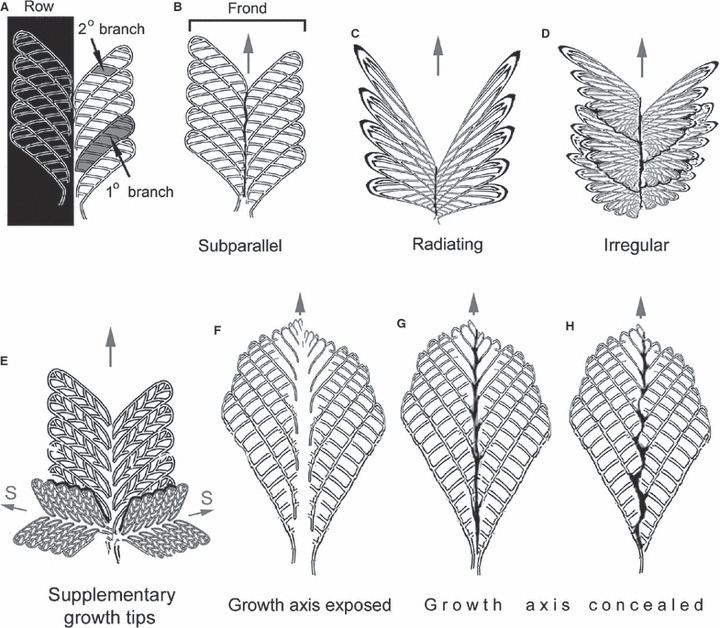
Rangeomorphs consist of branching "frond" elements, each a few centimetres long, each of which is itself composed of many smaller branching tubes held up by a semi-rigid organic skeleton. This self-similar structure proceeds over four levels of fractality, and could have been formed using fairly simple developmental patterns.
Ecology
Rangeomorphs dwelt in shallow to abyssal marine environments, were unable to move, and had no apparent reproductive organs, perhaps reproducing asexually by dropping off new fronds. There is little evidence of a gut or mouth, while the organisms have high surface area to volume ratios, which has led to the hypothesis that they gathered nutrients from seawater by osmosis. However, others argue this is implausible and suggest filter feeding or other mechanisms. Most were attached to the sea floor by a stalk or holdfast, although others (such as the spindle-shaped Fractofusus) lay flat on the sediment surface.
Affinity
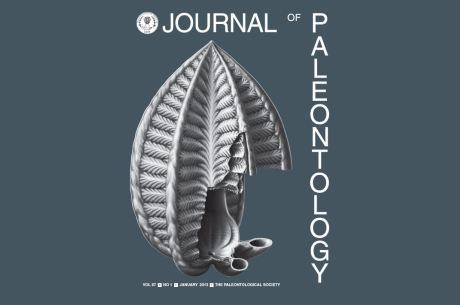
Rangeomorph communities are similar in structure to those of modern, suspension-feeding animals, but it is difficult to relate their morphology to any modern animals. They have at times been aligned to a range of modern animal and protist groups, but none of these classifications has withstood scrutiny; they probably represent an extinct stem group to either the animals or fungi. Whilst the fractal construction may represent a convergent adaptation to osmotic feeding, most workers now consider it to be an apomorphy which establishes the rangeomorph clade as a valid taxonomic entity. The quilted construction suggests a close affinity to the erniettomorphs.
